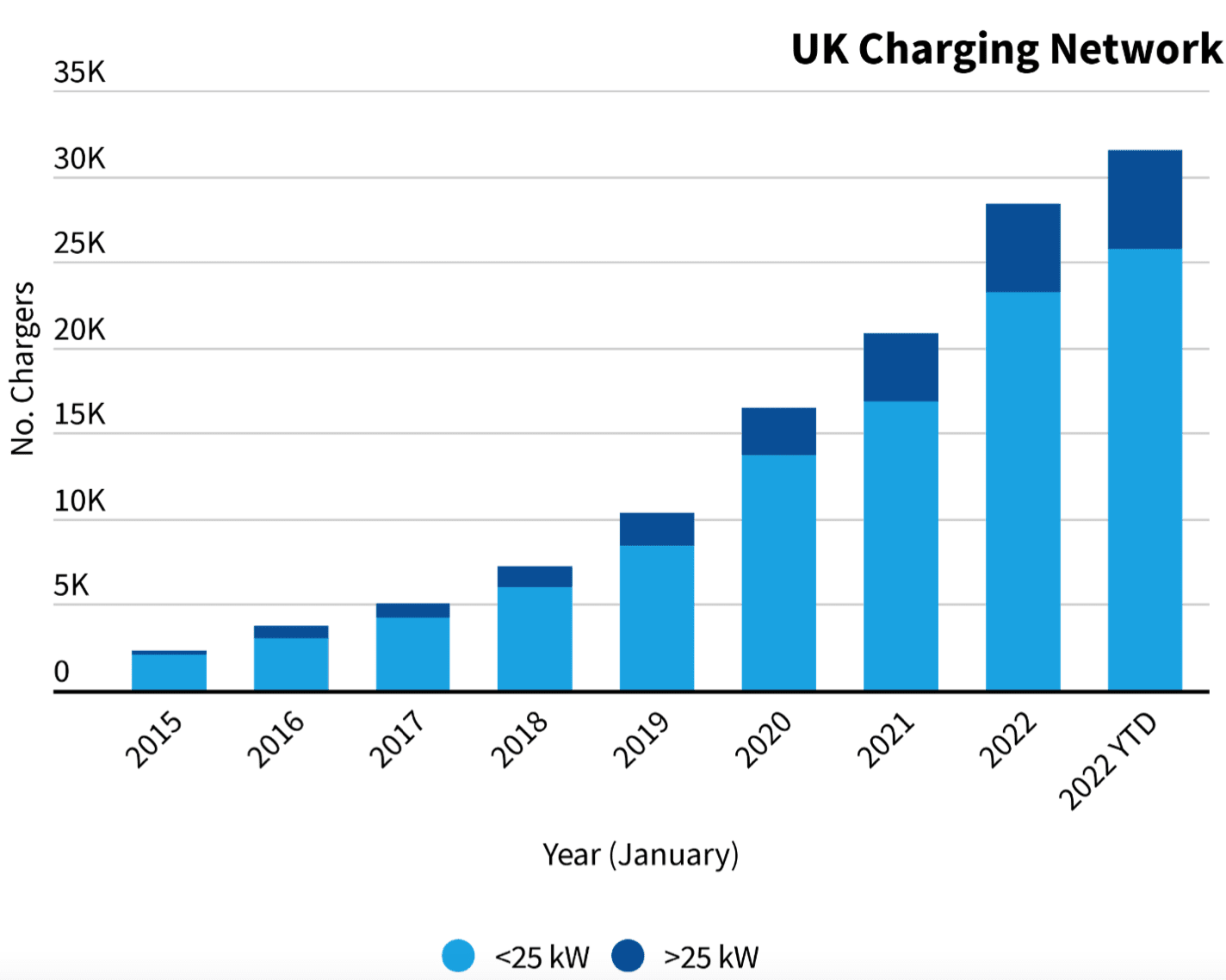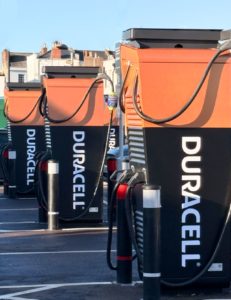That is not to say that the current public charging network is perfect: the distribution of charge points is still patchy and availability is a postcode lottery. Electric car drivers in the North West, South West, and East of England are particularly disadvantaged, and the government must do more to level the playing field in those areas where development is slow.
The UK Government has taken an important step forward with its recent Electric Vehicle Infrastructure Strategy, which sets a target of 300,000 charge points in the UK by 2030. Setting a topline goal and then throwing money at it is not a sufficient strategy for delivering a charging network that is fit for purpose. The government can help ensure that the charging network meets the needs of all types of drivers and provides adequate coverage across all regions by removing existing barriers to installation and allowing the private sector to expand the charging network.
The Strategy allocates £450 million to the Local Electric Vehicle Infrastructure (LEVI) fund to alleviate the postcode lottery, with local governments under a “obligation” to plan for and build charging infrastructure. However, without a legal obligation, local governments may refuse to undertake this task. Much of the UK’s charging requirements can and will be met at home. Over 65% of households have off-street parking, and with the average driver only travelling around 130 miles per week, charging at home will be more than enough. In fact, less than one in every twenty cars will require a full charge twice a week or more. Nonetheless, the public charging network will be critical in supporting fleets.







